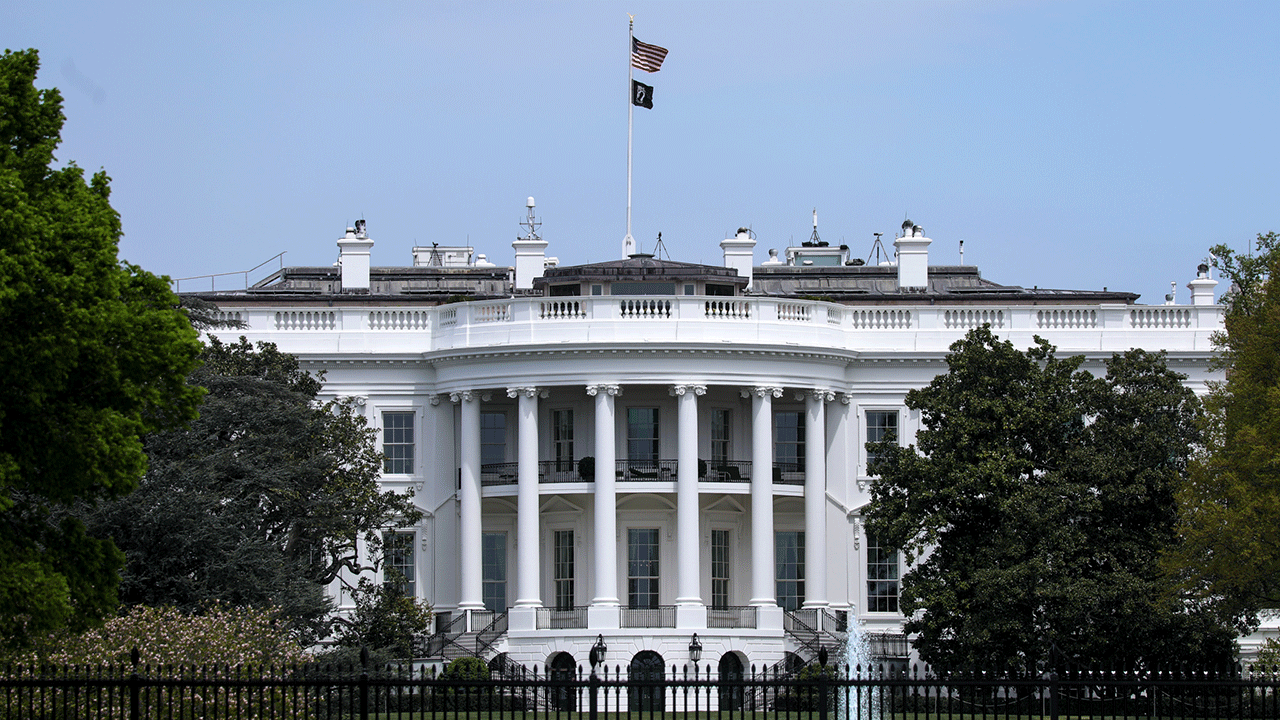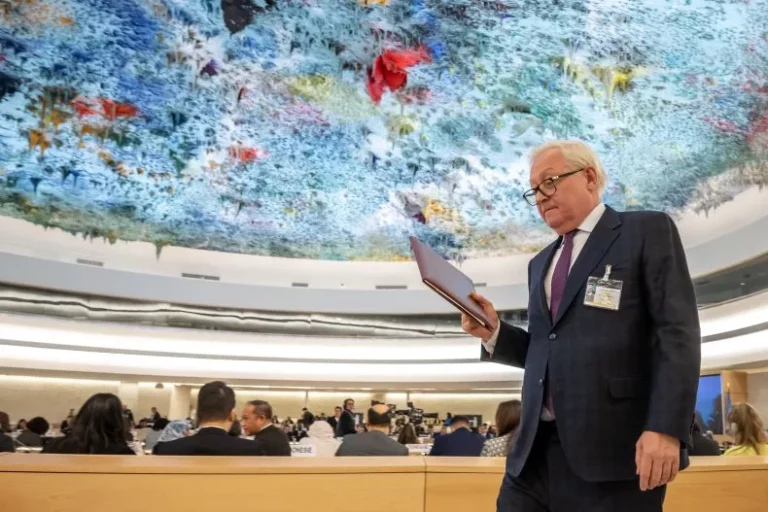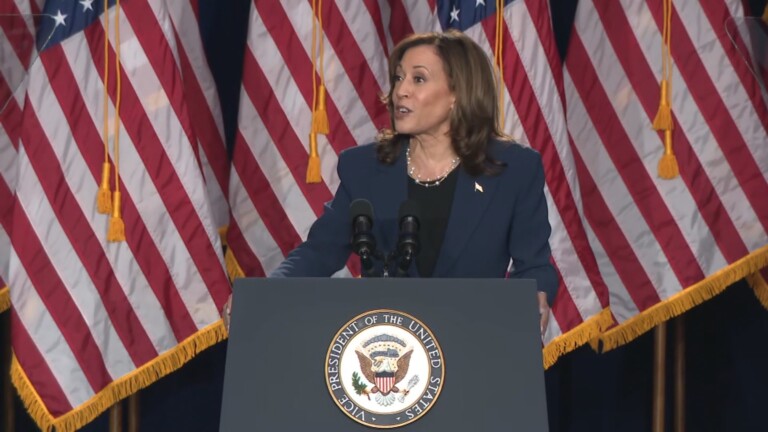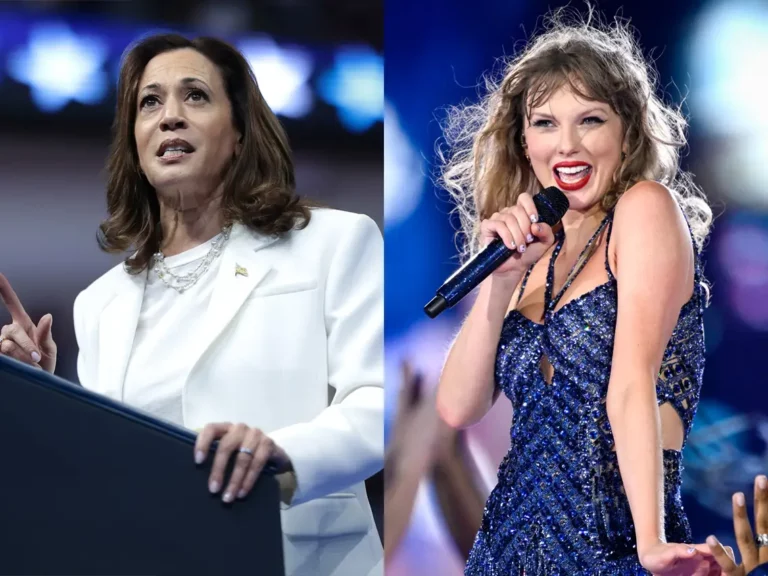By Mark Murray and Alexandra Marquez
It’s undeniable that the United States has become more politically polarized than it was a decade ago — as well as a decade before that.
Historical data from the NBC News poll, which dates back to 1989, helps explain how and why America’s political divide has been growing.
(Special thanks to the team of pollsters who have conducted the NBC News poll and the previous NBC/Wall Street Journal poll for compiling this data.)
1. Views of American presidents have become more and more polarized by party identification.
In the spring before Harry Truman ran for a full term in 1948, two-thirds of Democrats (68%) and even half of Republicans (50%) approved of his job performance.
By the time of Richard Nixon in the White House, the gap between his party’s approval of him and the opposition party’s grew to 47 points.
By Barack Obama’s time, it expanded to 72 points.
And for Donald Trump, it was 79 points, shrinking only by the slightest of margins to 77 points for Joe Biden.
2. The Republican Party has transformed over the last 10 years.
In 2012, the poll found 48% of self-described Republicans were whites without college degrees, and another 40% who were whites with college degrees.
Ten years later, however, non-college whites made up 62% of all Republicans, while the share of whites with college degrees declined to 25%.
3. That transformation has produced changes in values and policy preferences.
Take the issue of free trade. In 2015 — before Trump became president — a nearly equal share of Democrats (56%) and Republicans (48%) said free trade with foreign countries is good for America. Yet by 2019, the gap here between Democrats (73%) and Republicans (52%) had grown to 21 points.
There’s also gun control. In 1995, 48% of Republicans agreed with a statement expressing frustration that the government will not do enough to regulate access to firearms.
Now? The portion of Republicans who agree with this statement is 22%.
4. The Democratic Party has transformed over the last 10 years, too.
In 2012’s merged NBC News polling, 43% of Democrats described themselves as liberal, with 19% calling themselves “very liberal.”
By 2022’s merged polling, 55% of Democrats said they were liberal, with 29% being “very liberal.”
5. That’s produced changes in values and policy preferences, too.
In 2013’s polling, only 10% of Democrats said they didn’t follow a religion.
Ten years later, that share grew to 38%.
On policy, meanwhile, 45% of Democrats said the government should do more to solve problems, according to the Dec. 1995 NBC/WSJ poll, versus 17% of Republicans who agreed.
Yet by April 2021, Republicans had pretty much stayed the same on this question (23% wanting the government to do more), while the Democratic percentage had grown to 82%.
And on the issue of race, 40% of Democrats and 55% of Republicans said they agreed with the statement that America is a nation where people are not judged by the color of their skin but by the content of their character, according to the Jan. 2008 NBC/WSJ poll (when Barack Obama was first running for president).
Yet by April 2013, just 28% of Democrats said they agreed with that statement, versus 70% of Republicans.
6. Democrats have become more supportive of abortion.
In addition, the poll shows that the share of Democrats who say abortion should be legal always or most of the time has increased from 68% in 2008 to 89% now.
By comparison, Republicans and independents have barely moved.
7. But support for gay marriage has grown across the board
In 2003, just 22% of Republicans and 40% of Democrats said they approved of same-sex marriage.
Now? It’s 82% for Democrats (+42 points) and 47% for Republicans (+25).
Still, it’s notable that 4-in-5 Democrats approve of same-sex marriage, versus less than half of Republicans.
Source: nbcnews





